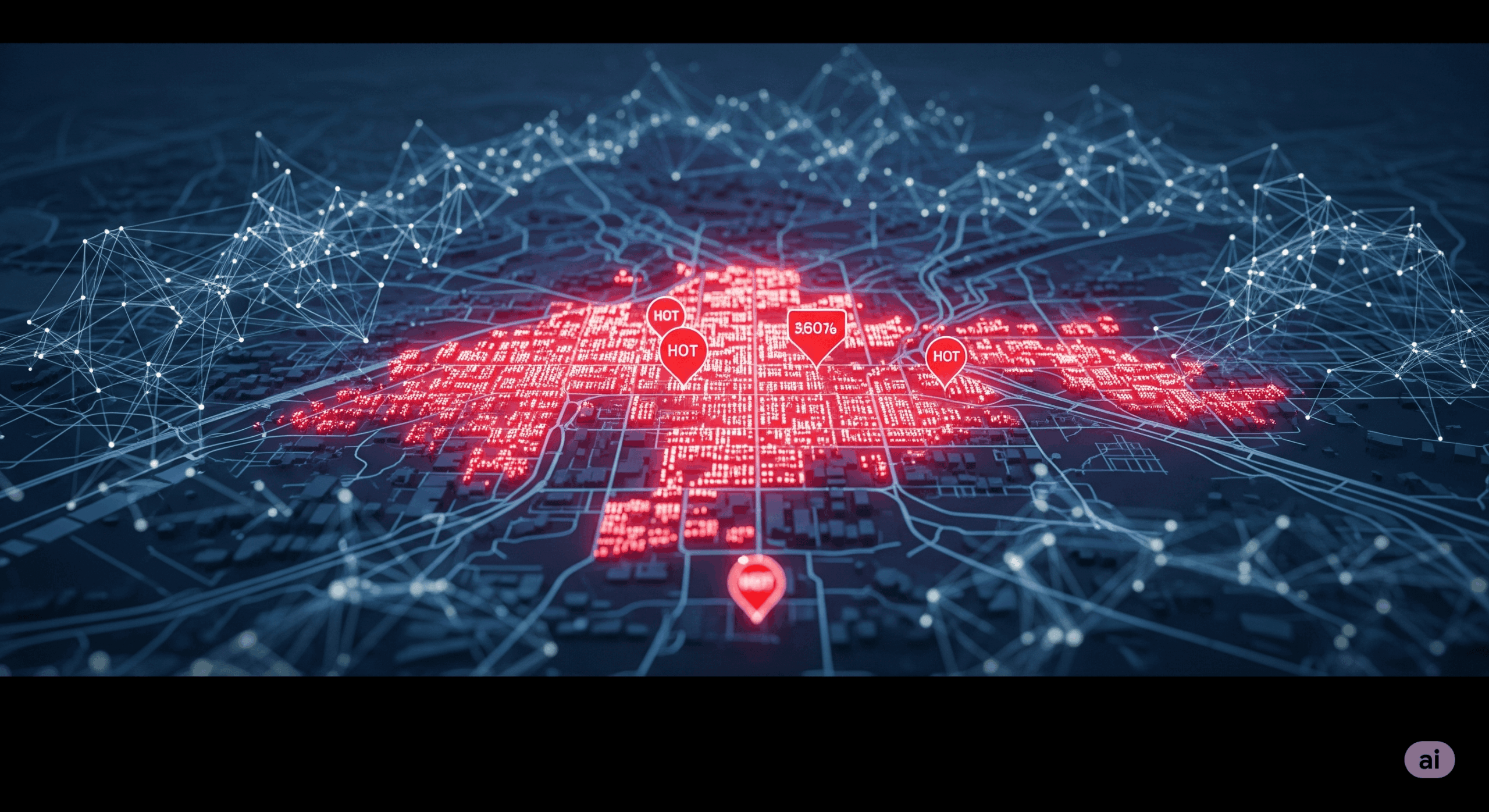What is Algorithmic Prediction in a Legal Context?
Algorithmic prediction is the use of computer algorithms, typically powered by statistical models and machine learning, to forecast future events or human behaviors within the justice system. These tools are trained on large historical datasets to identify patterns, which are then used to make predictions about new cases. The goal is to provide data-driven insights to support decision-making for law enforcement and judicial bodies.
How Algorithmic Prediction Works
These systems analyze thousands of data points from historical records (e.g., past arrest records, court outcomes, demographic information). The algorithm “learns” which combinations of factors have correlated with specific outcomes in the past (like re-offending). It then applies this learned model to an individual’s data to generate a “risk score” or predict a future outcome.
Applications in the Justice System
Algorithmic prediction is used in several high-stakes areas:
- Pre-trial Risk Assessment: Algorithms are widely used to predict a defendant’s likelihood of committing another crime or failing to appear in court. This “risk score” helps judges determine bail amounts.
- Sentencing and Parole: In some jurisdictions, predictions about an individual’s risk of recidivism (re-offending) are used to help determine the length of a sentence or to decide on parole eligibility.
- Predictive Policing: Law enforcement agencies use algorithms to analyze crime data and forecast geographic “hot spots” where crime is statistically more likely to occur. This information is used to allocate police patrols and resources.
Ethical Challenges and Criticisms
The use of algorithmic prediction in the justice system is highly controversial due to several critical issues:
- Algorithmic Bias: This is the most significant problem. If the historical data used to train the algorithm reflects past societal biases (e.g., certain communities were historically over-policed), the algorithm will learn and perpetuate these biases.
- Lack of Transparency: Many of these algorithms are proprietary, creating a “black box” problem where it is difficult for defense attorneys or the public to understand, inspect, or challenge the logic behind a given prediction.
- Reinforcement of Inequality: Predictive policing can create a feedback loop where an algorithm’s prediction leads to more arrests, which in turn “proves” the initial prediction correct, leading to a cycle of over-policing.






